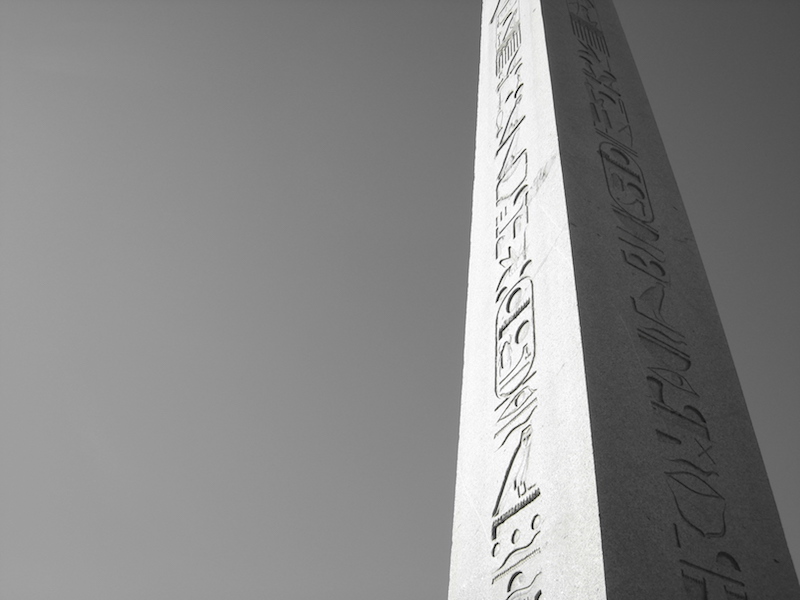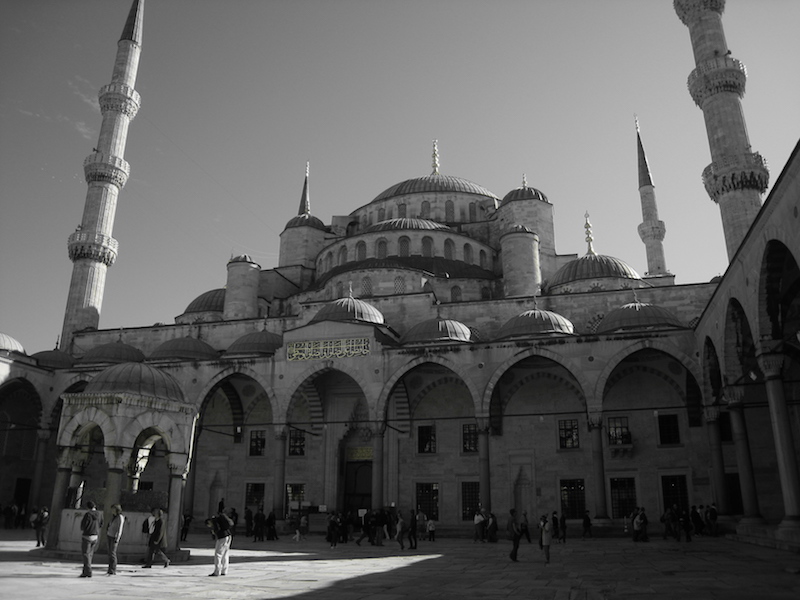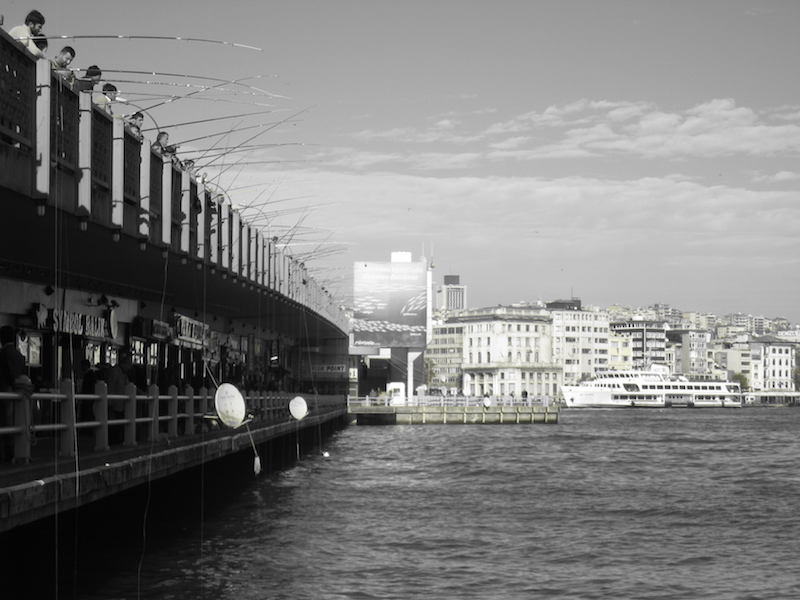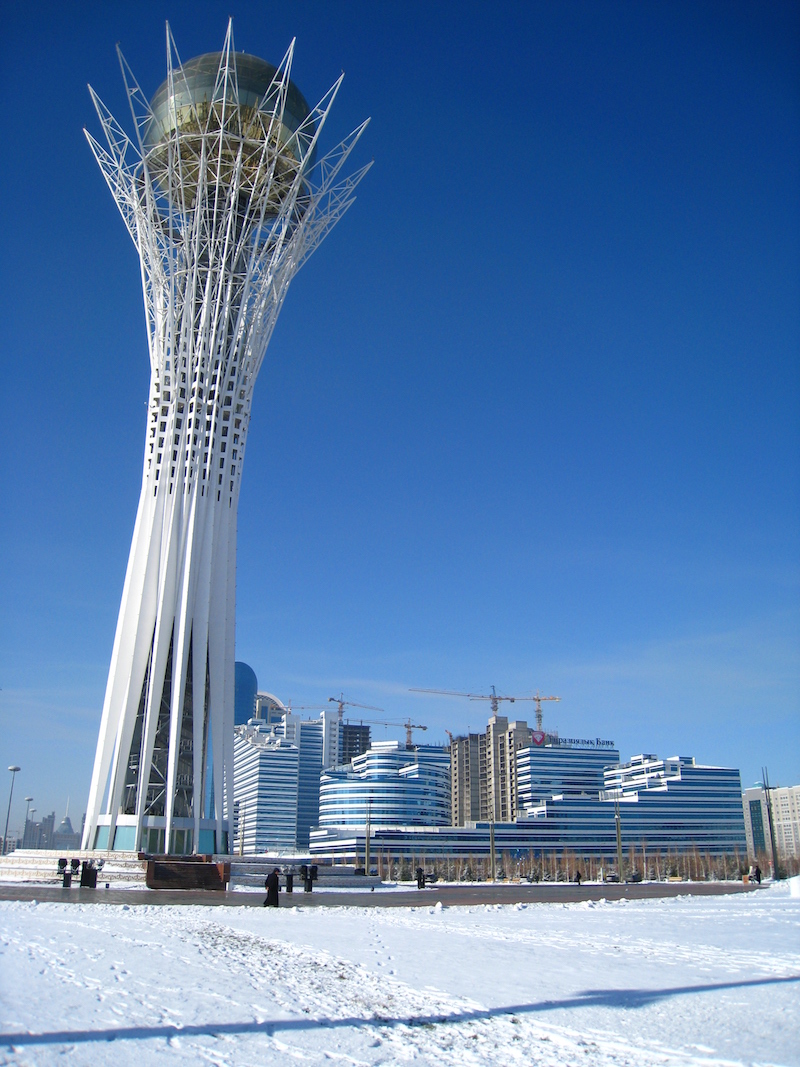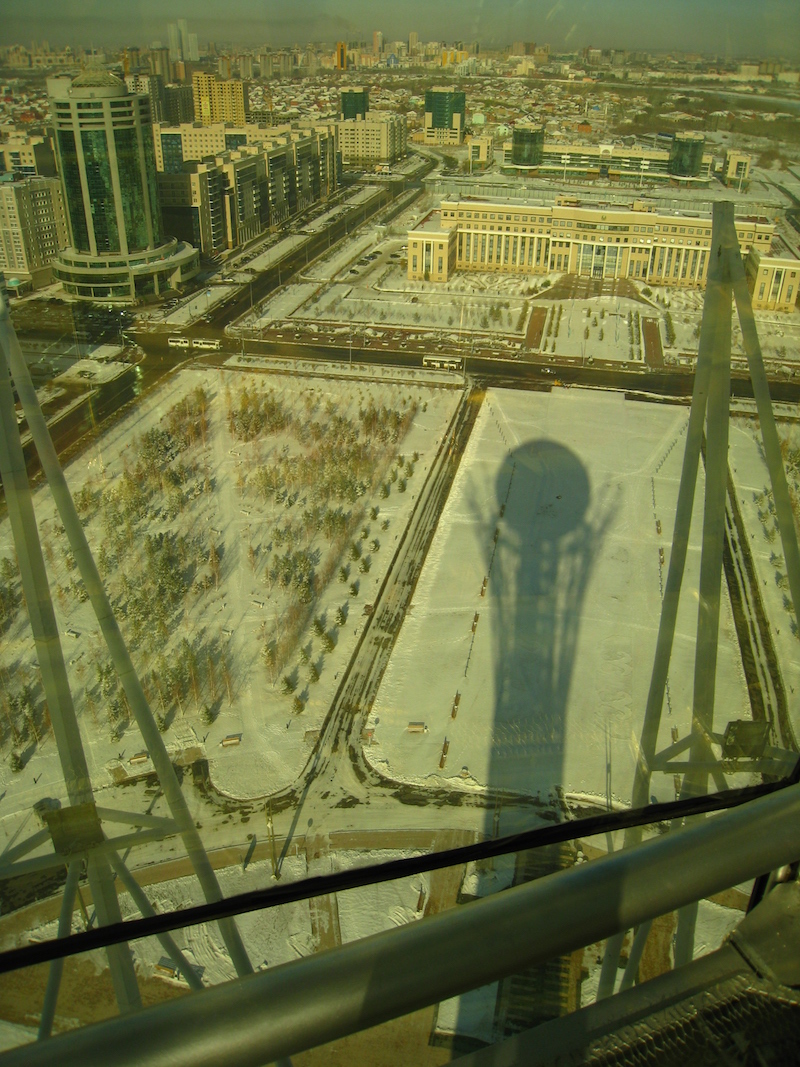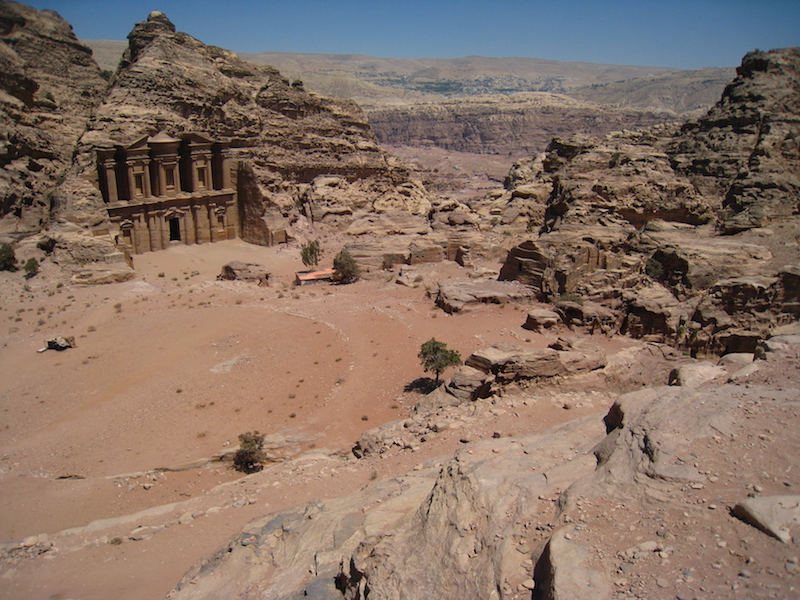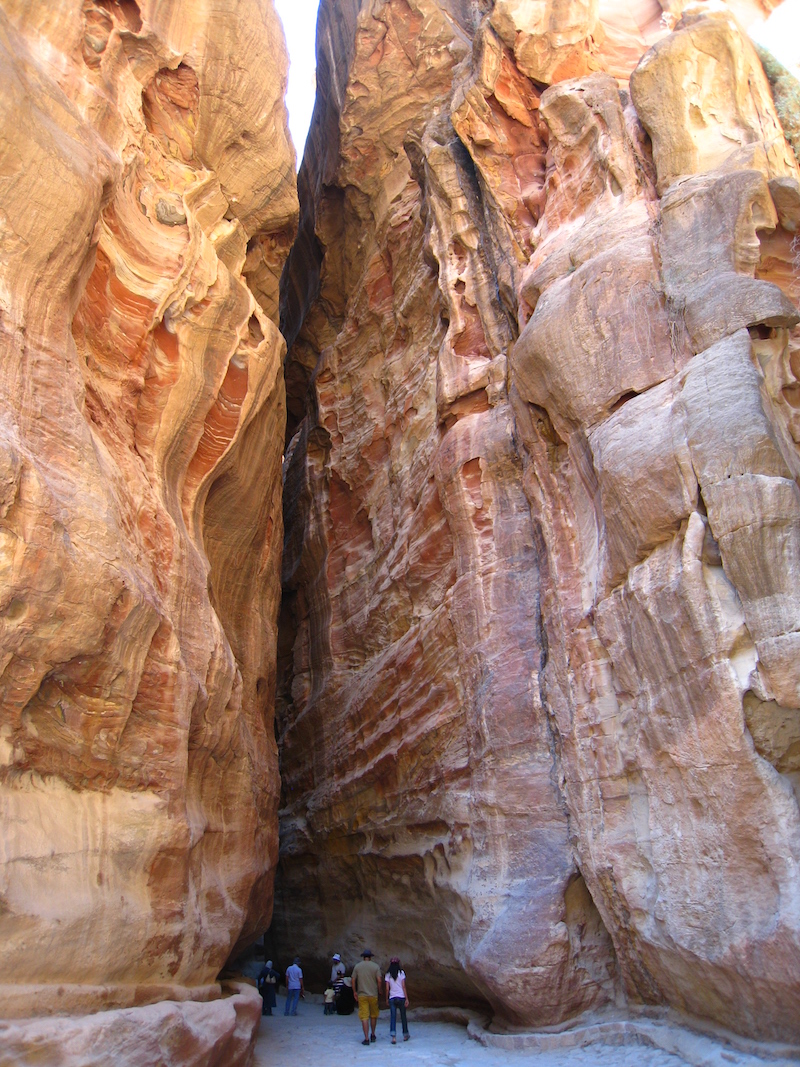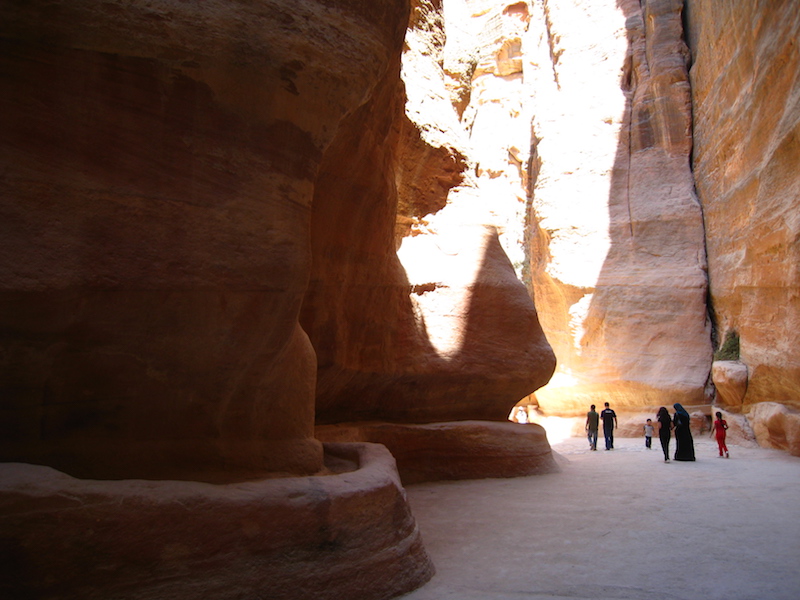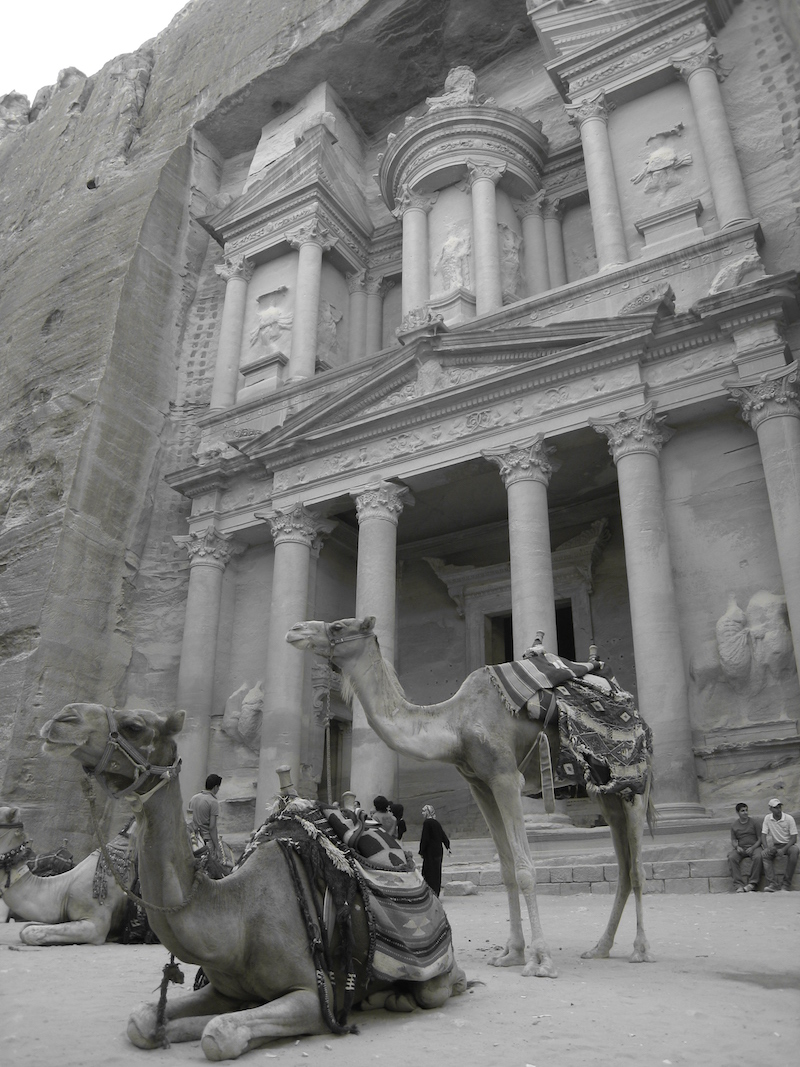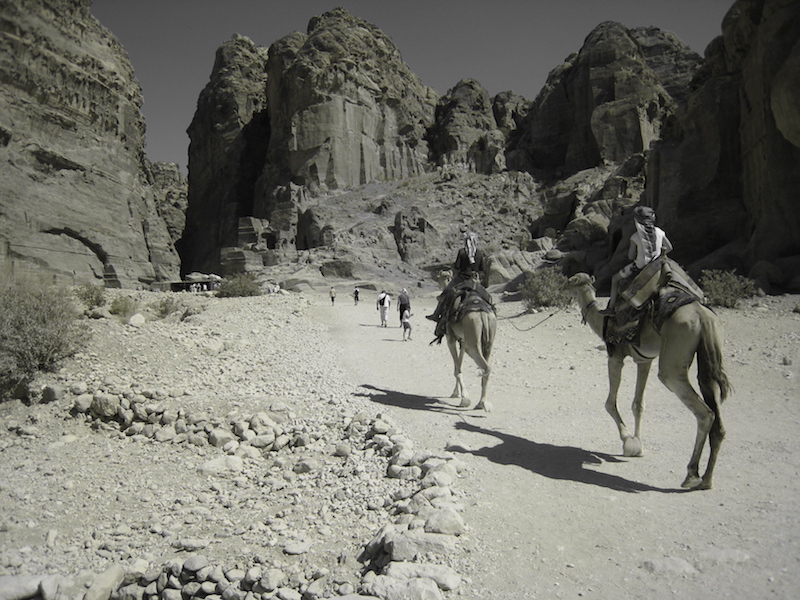It was just after I cleared immigration and was cruising back into the Syrian hinterland…when I saw it.
Atop an otherwise barren hill that straddles the Lebanese-Syrian border sits one of the strangest, most random franchises that I’ve ever seen. Dunkin’ Donuts.
By the time I pulled out the camera, the orange and pink sign was gone. Shucks. I guess that picture will just have to wait until next time I travel in this region of the world.
An Unplanned Vacation
Over the weekend, I took an unplanned vacation from my work in Damascus. Well, that’s not entirely true. I spent the better part of an hour figuring out if my day trip was even possible. After all, when you plan to cross country borders, it’s always a good idea to be prepared. Nobody likes to be yelled at, especially when immigration officials are involved. Trust me, I would know.
My plan, as you may have guessed from the title of this post, was to travel from Syria to Lebanon for the day. Getting from Damascus to Beirut, the two capital cities, is much easier than you might think. The highway is only a couple of hours long, and compared to other neighboring countries, the border is quite manageable. Since I only had one day to work with, I needed to start early.
From Syria to Lebanon (and Back) in $70
Hotel to Shared Taxi Stand: 200 SYP / ~$4
At 7:30am, I walked out of the Old City and hopped in a yellow taxi. They are everywhere. I asked to be taken to the shared taxi stand (there’s only one), about 15 minutes away with traffic. The ride was easy! The post-dawn hustle had already begun, and at that point I wished I had gotten an earlier start.
Shared Taxi Stand to Beirut: 700 SYP / ~$15
Immediately after exiting the taxi, a throng of men bustled over and asked, Amman? Beirut? I said Beirut. I was ushered to another group, where I forfeited my passport to a man with a clipboard. At least he looked official—I suspect he was checking for my Syrian visa. Before long, the man with the clipboard walked me to a white Mercedes with three other passengers, then jumped behind the wheel. He issued a short announcement, yalla, or “let’s go” in Arabic. Off we drove.
Exit Tax: 550 SYP / ~$12
I didn’t say a word until we reached the border. I was enjoying the quiet, wide-laned Damascus-Beirut highway, too tired to engage in any kind of conversation that early in the morning. I don’t think I’ll ever be a morning person. At the Syrian-Lebanese border, I paid a quick exit tax and was issued a receipt to give to immigration officials a few stations ahead. The building was, for lack of better description, crowded. Luckily, the foreigner line was manageable, and I was in and out of the masses in about 30-45 minutes of pushing. Secure Syrian exit. Check.
Lebanese 15-Day Tourist Visa: 25,000 LBP / ~$17
Station 3 was a quick drive-thru, a guard scanning our vehicle’s collective passports, and then poof, we crossed the invisible threshold into Lebanon. While I tried to negotiate a free transit visa (I would only end up being in Beirut for a few hours!), I settled on a 15-day tourist visa, no problems whatsoever. Before long, I was back in the shared taxi, and with another another 2 and a half hours before romping around Beirut, I passed the time in conversation.
The front-seat passenger, Milad, spoke English, enough to tell me that he was a dentist working for a German company. As for the others, squeezed in the back with yours truly, one was a law student, the other a Syrian pastry chef. A motley crew if you ask me. As we twisted our way down into the peninsula that houses Beirut, Milad indulged my curiosities about Lebanese-Syrian history and current affairs. As we chatted, we passed broken buildings, remnants of the Lebanese Civil War, standing in stark contrast to the amazing amount of construction. A city bombed, blasted, now being rebuilt, gradually regaining its status as a cultural and intellectual hub of the Middle East.

By the time I found my way to the streets, it was well past noon. I stopped in a small Internet-friendly restaurant for lunch then hopped in a taxi to explore downtown. Again, lots of construction. I escaped the heat by ducking into Al Hariri Mosque. I paced leisurely through downtown Beirut then, in an effort to reach Damascus that night, decided that it was time to head back.
Shared Taxi Stand (Beirut) to Shared Taxi Stand (Damascus): 800 SYP / ~$17
It was the same charade as my morning logistics. I found a taxi, asked to be dropped off at the shared taxi stand (again, there’s only one), and in a matter of minutes, negotiated my way into a car. The driver was at first hesitant when he saw my American passport, but once I explained that I had already purchased a Syrian visa, he let me join his group. The ride back was uneventful, as no one spoke English. I napped.
At the first border stop in Lebanon, it was another crowd of pushy stamp-seekers, and it was another 30-45 minutes of fighting for one’s place in line. After crossing back into Syria, I waited in a short line, showed my visa to the immigration official and explained that I had only been gone a short while and was more than excited to get back “home” to Damascus. Those without visas, especially Americans, can wait up to 8 hours to get through this checkpoint, so I was quite pleased to be in and out in under 10 minutes. I must have done something right.
Shared Taxi Stand to Hotel: 200 SYP / ~$4
I ended my day where I started my day, at the Damascus shared taxi stand, nearly 12 hours after I had started. I found a local taxi to take me back to the Old City.
Total Money Spent on Transportation to and From Syria and Lebanon: ~$69 (and some change 🙂
